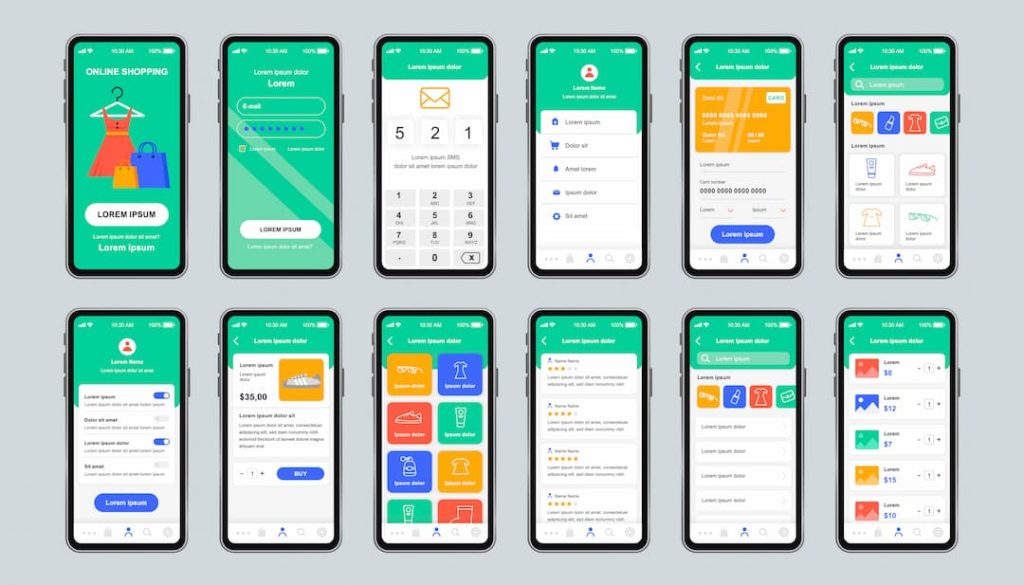Ways To Improve Site Categories For Users & Algorithms
In the world of e-commerce, a category structure is the equivalent of parent and child pages. The primary differential being that categories offer far easier management of an enormous amount of products. This is extremely useful because it allows users to locate products quickly, lead users through products or services quickly but still give the brand an opportunity to advertise and ensures crawl bots can determine important data quickly, allowing algorithms to pair your site with the most relevant ranking factors.
During the coronavirus pandemic and strict lockdown regulations, e-commerce became the new digital high street of Britain. With small to medium-sized businesses redeveloping their online marketing strategy to ensure they can continue to trade safely.
E-commerce is the abbreviated term for electronic commerce. A quick definition for the term is anything bought or sold over the internet, not necessarily payments. For example, you could order a pizza online and pay in cash once the food has been delivered.
Structuring Your Products Categories for User Flow
Before you begin creating a category page, we recommend taking a deep breath and a step back. Focus. Imagine you are landing on this website for the first time? How would you best like to navigate a website with X amount of products? This is called user flow.
Categories and subcategories allow us to structure related groups. This helps users find the products they want to buy. It’s important to remember that this needs to work for your business too! Use your website’s real estate to promote products with the best margins!

Website Design and Front-End Development
You could do this in a number of ways, like adding sliding banners the homepage advertising any special offers and promotions. Speak with a good front end developer and come up with some creative ideas.
You also need to work out how your category structure will relate to how users want to buy and view products. This is usually done through filtering like price ascending, descending, brands or quantity. Check out these product filtering ideas!
Finally, it goes without saying that your website needs to 100% optimised for mobile usage. This means it’s fast, easy to navigate and it works perfectly with iOS and Android devices.

SEO Tips For E-Commerce
Without the correct keywords, there is no SEO strategy, furthering the importance of keyword research on trusted platforms. The same could be said about category structures with e-commerce projects. Without a thoroughly researched structure, an e-commerce project can suffer.
Our advice would be that at a minimum, primary product categories should be paired with the most relevant and highest searched keywords. As you break down the category structure into individual products, keywords could well become brand-related or product-specific depending on what is on offer.
If you are a reseller of a brand, let’s say a kitchen utensil supplier offering electrical goods, you could structure it something like this:
- Kitchen Appliances – highest performing keyword for product category
- Toasted Sandwich Maker – most relevant keyword for category
- Breville – branded keyword (entity based SEO)

SEO technicians will tell you that website content is king. But with e-comm, when users may want to scroll multiple products, where do you put all that content? And, if your website offers multiple brands of similar products, how do we prevent content cannibalization?
Realistically individual products cannot have eight hundred words plus of copy, which is the word count benchmark of SEO content marketing. What we can do is utilise functionality most commonly used for FTAQ sections and accordions, plus the metadata, titles and H1’s will play a huge part in the success.
Keyword specific metadata and SEO titles are the saving grace of e-comm, especially individual products. Why? We can add specific niche data about products. When potential customers search for individual products, they clearly have strong intent to purchase. E-commerce meta, titles and H1’s need to mirror these searches as best as possible.
Further Details On E-Commerce & Category Structures
For further information on how Search4Local can assist with your e-commerce business, please get in touch. You can reach us on 01392 409159, alternatively please email customerservices@search4local.co.uk




